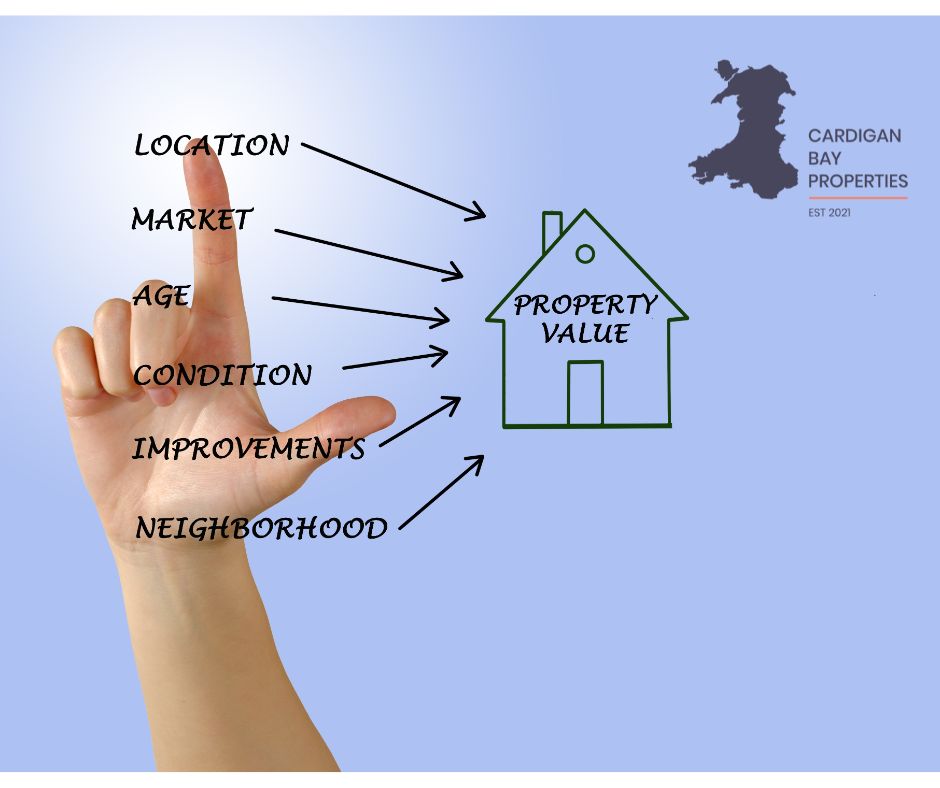
We regularly get asked about what’s involved in a home survey and the best way to prepare for it. It’s something that we think isn’t well communicated by some companies, so we’ve written this blog to try to help you understand what happens during a survey and how you can prepare for it.
Have a read and if you have any questions please give us a call. We’re always happy to help.
Organising the survey
When you have secured a buyer they will want to get their survey done as quickly as possible, and it’s in your interest to accommodate the survey date to keep the sales process on track.
Surveyors are busy and appointments for them to complete surveys are quickly booked up. Try to confirm the appointment day and time promptly so that it’s in their diary, and only change it if there really is no alternative. Either you as the vendor, or your agent, should be there to meet the surveyor and answer any questions they may have – it saves time and makes the process run more smoothly.
If you’ve already vacated the property or if you’ve asked your estate agent to attend the survey, you can ask the surveyor to call you when they are, for example, 30 minutes away, to give you time to get there.
If you can’t be there, try to leave all of the required keys in a key box and clearly label them to ensure the surveyor can do a full check of the property. If the surveyor is collecting keys from the agent, then be sure that your agent has them with your signature form authorising them to release them.
It’s also worth letting the surveyor know where they can park, if there are any pets at the property, if there’s a loft ladder, and if there is an alarm then ensure they have the code!
Ensuring your Property is ‘Survey Ready’
The best thing you can do to ensure that your property is ‘survey ready’ starts from the moment you first buy it – good maintenance. A property that is well maintained could potentially achieve a far better survey result.
If you know about any problems with the property – for example a leaking shower or a missing roof tile – think about correcting these before you put it on the market. If you need a professional to do the work, then get several quotes so you know the cost of correcting the problem. You can then decide whether you organise the work or whether you’re willing to negotiate on the price to take these costs into account and the buyer does the work.
You should also have all of the services checked and tested ahead of the survey. Make the most recent test certificates for electricity, heating, gas or oil installations readily available for the surveyor to check and photograph. Failing to do this will delay the process as you’ll have to send the reports to your solicitor for them to be passed on to the buyer’s solicitor, and this can cause the buyer to worry unnecessarily. If you haven’t had the services checked and tested then you’ll need to get that done, otherwise they are classified as Condition Rating HS3, (Health and Safety Risk 3).
As part of these checks, the surveyor will ask for the heating to be switched on so he can check it all works and highlight any problems, and he’ll run all of the taps and showers. He’ll also need access to the drainage inspection chambers, to check that everything is working as it should be.
Finally, it’s important to tidy up and de-clutter the property as much as you can – including garages, loft space and outbuildings. If an area cannot be inspected then it will be reported as ‘Limitations’ or ‘Not Inspected’, which may damage the property report.
During the Visit
There are a few things to consider to help the survey run smoothly at your property. These include –
- Let the surveyor know if there are dogs or cats in the house. If you have dogs the owner is required to be in the home during the inspection and, depending on the dog, it may need to be kept out of the way during the visit. If you have a cat(s), then be sure to let them know if they can be let out or not.
- You’ll need to be sure that all windows can be opened during the survey. If you have locks on them then be sure locking keys are clearly available.
- The surveyor will need access to any loft space you have, so make sure there’s a loft ladder in place to make the process easier.
- If doors are locked in the property, for example doors to a cellar, outbuildings or a garage, then make sure the keys are clearly labelled and available to the surveyor as he’ll need to access all parts of the property as part of the survey process.
The Day of the Inspection
When the surveyor arrives at your property he will normally outline the process he follows and will ask various questions to help him understand everything he needs about the property. For example, he may ask about any works you’ve had done, when they took place and so on.
Generally surveyors prefer to start outside, inspecting the property at the front and then working their way to the back, assessing the state of the property – for example are there any cracks or areas of concern. After the external check they’ll move inside and will often choose to start in the loft space, working their way down through the property to check the condition of each room. The last stage is normally to check the services, looking at the electricity, gas and water supplies, or assessing any solar energy at the property.
Be prepared that they will take a lot of photographs throughout the property – both inside and outside – which will show all of the various aspects of your home. It doesn’t mean there are lots of problems, but they need to provide a complete report, which needs the pictures.
In terms of the time you need to set aside for the survey, in general a Level 2 survey will take around 1.30 – 2 hours, while a Level 3 survey, which is more detailed, will take 2 to 3 hours. These timings are just a guide and may change depending on your property and what the surveyor finds during his/her visit.
Valuation Accuracy
If your property is having a level 3 survey or a mortgage valuation then you’ll want to ensure – as much as possible – that the surveyor sees the best of your property and gives you an accurate valuation. While it’s the house which will really drive this, there are a few things it’s worth mentioning to the surveyor that can be of help.
For example,if asked, let the surveyor know how long the property was on the market, how many viewings you’ve had and how many offers you’ve received. This will help him understand market demand for this type of property. Be truthful with your answers – he can easily check with the estate agent.
Also, be aware that the surveyor will also speak to the agent about other comparable properties that have been sold recently. Any comparables provided must have been transactions that have taken place in the last six months (completed sales or under offer), which can be verified independently. Unsold properties can’t be submitted as a comparable. Always bear in mind though that different properties will have different elements – for example different quality of kitchens or bathrooms, a larger garden etc, so there can easily be differences in value between your property and others.
We hope this has given you an insight into the survey process and what to expect and prepare for. Please get in touch if you’d like to discuss selling your property in West Wales.
